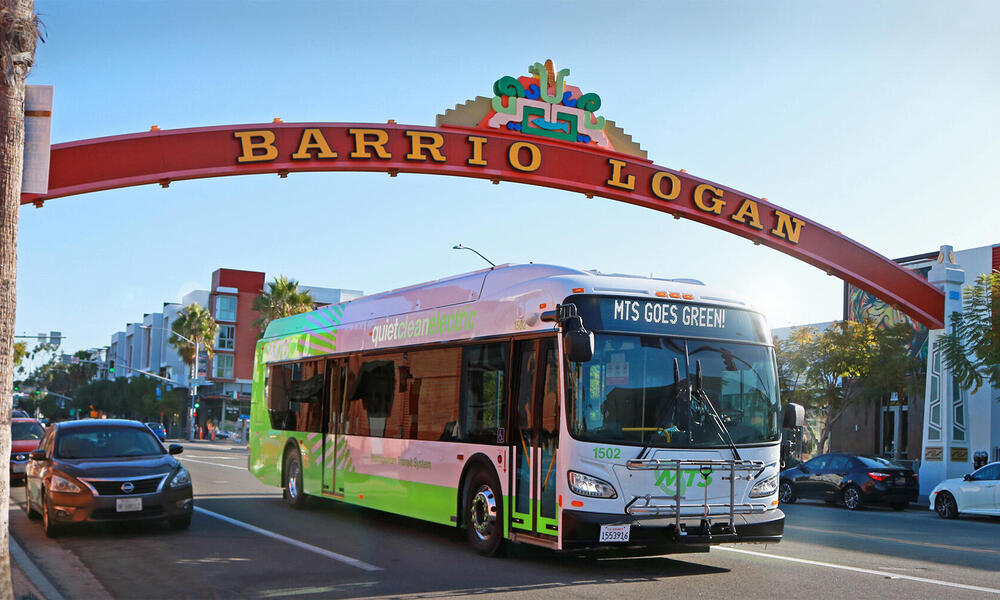
HOME
San Diego, California
CAUSE
Growing up in San Bernardino, California, a city with historically poor air quality, inspired Moriah Saldaña to pursue a master’s in public administration and to join the sustainability field. Now the program manager for San Diego’s Climate Action Plan, she works to implement climate solutions—increasing energy from renewable sources, improving air quality, and partnering with underserved communities—to achieve the city’s goal of net-zero emissions by 2035.
How did you decide which issues to prioritize in the city’s Climate Action Plan?
We engaged the public. When we were developing the plan, we reached out to learn about people’s concerns and heard from over 4,000 residents—many of whom live in historically underserved communities and are disproportionately affected by climate change. The two issues that rose to the top were access to transportation alternatives and air pollution, so we created specific strategies to tackle those challenges.
What do you see as the biggest opportunities for reducing GHG emissions in your city?
We have a great need, and the capacity, to reduce emissions in the building and transportation sectors. To meet our emissions goals, and for the health of our families, we must remove natural gas from our buildings and electrify new and existing buildings. We must also make it easier for San Diegans to get around using more sustainable modes of transportation—biking, walking, rolling, mass transit—while transitioning from fossil fuels to renewable energy sources.
What solutions could contribute to a more sustainable transportation sector?
Our plan commits to shifting 50% of all trips in the city from driving to walking, bicycling, or transit by 2035. That’s why enhancing the walkability and bikeability of our streets, including making sidewalks and bike paths wider and safer, is a major focus. And we’re working with the San Diego Regional Association of Governments and the San Diego Metro Transit System to build more bus-only lanes to encourage people to prioritize public transit.
How do you ensure that underserved communities benefit from climate initiatives?
The first step is to listen. It sounds basic, but it’s an often-overlooked step. Many people in the sustainability field come from a scientific background and assume they know what’s best for a community. But we must undo that way of thinking and secure community input and partner with local organizations before making major decisions. Actively addressing climate change will take all of us—and an unprecedented, equitable dedication of resources.





